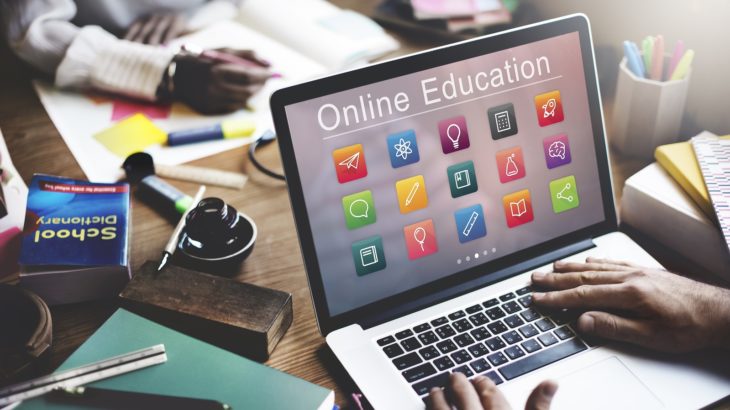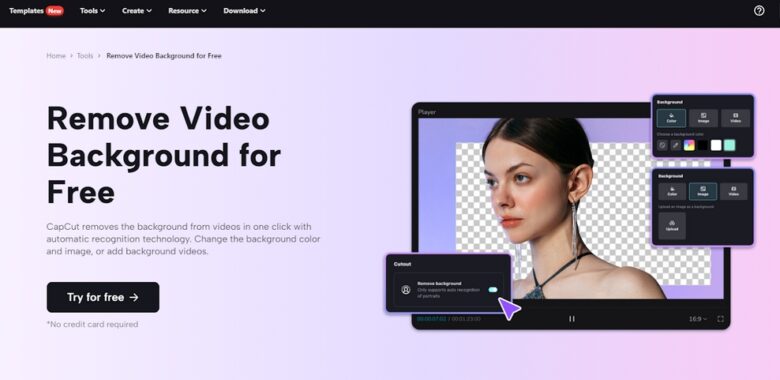In today’s digital age, online education has become the norm rather than the exception. Teachers and instructors have to leverage various digital tools to ensure their content is engaging and accessible. One of these tools is the free online video editor, a versatile and user-friendly application that allows educators to create engaging and visually appealing learning materials.
This article will explore how modern tools are shaping online education, enhancing the learning experience, and broadening the horizons for both teachers and students alike.

Source: ciplnews.com
Contents
The Rise of Online Education
Online education has experienced a meteoric rise in recent years. With the advent of digital technology and high-speed internet, learning has transcended the traditional classroom setting. Today, students can learn from anywhere in the world, at their own pace and in their own time. This digital shift in education brings a wealth of opportunities, but it also comes with its unique set of challenges.
One of the main challenges of online teaching is keeping the students engaged. Traditional lecture-based teaching methods may not translate well into a digital environment, where distractions are just a click away. Therefore, teachers have to find innovative ways to deliver content that captures the students’ attention and stimulates their interest.
Leveraging Multimedia for Engaging Learning
Incorporating multimedia into online teaching can make a world of difference in terms of student engagement and comprehension. Studies show that students respond positively to multimedia teaching materials, such as videos, animations, interactive presentations, and even games. These resources cater to different learning styles and make complex topics more digestible.
For instance, creating educational videos can be a powerful way to deliver content in online teaching. Videos can pack a wealth of information in a format that is easy to consume and understand. With a free online video editor, teachers can easily create high-quality educational videos that keep students engaged and motivated.

Source: myenglishlanguage.com
Interactive Learning Environments
Creating an interactive learning environment is another crucial aspect of effective online teaching. Interactive learning tools, such as quizzes, virtual simulations, and collaborative projects, can foster active learning and encourage student participation. They provide students with an opportunity to apply what they’ve learned and get immediate feedback, enhancing their understanding and retention of the material.
Interactive learning tools also make online learning more social. They allow students to work together, share ideas, and learn from each other, fostering a sense of community in the virtual classroom.
Digital Assessment Tools
Assessing student performance is an integral part of teaching. In an online environment, digital assessment tools can provide efficient and effective ways to measure student learning. These tools can automate the grading process, provide real-time feedback, and even adapt to the students’ individual learning levels. They also offer valuable insights into student performance, helping teachers identify areas where students may be struggling and adjust their teaching strategies accordingly.

Source: lanschool.com
Incorporating EdTech Tools
Alongside video editing software, several other educational technology (EdTech) tools have come to the fore, providing teachers with innovative ways to deliver lessons and engage students. For example, Learning Management Systems (LMS) help organize and manage educational courses, allowing teachers to share resources, manage assignments, and track students’ progress.
Digital whiteboards have also grown in popularity. These tools replicate the experience of a physical whiteboard in a digital setting, enabling teachers to visually explain concepts, draw diagrams, and annotate texts. What’s more, most of these tools allow students to interact with the content, fostering a collaborative learning environment.
Embracing Gamification
Gamification, or the application of game-design elements in non-game contexts, has proven to be effective in increasing student motivation and engagement. By incorporating elements like points, badges, leaderboards, and challenges into the learning process, educators can make learning more enjoyable and stimulating.
Educators can use gamified quizzes to test knowledge, promote friendly competition, and provide immediate feedback. Gamified learning platforms can also adapt to individual learners, offering personalized pathways that cater to different skill levels and learning speeds.

Source: CapCut.com
Prioritizing Accessibility
As educators adopt digital tools, it’s crucial to consider accessibility. Students have varying levels of access to technology and internet connectivity. Therefore, creating resources that are accessible and inclusive is paramount. Many tools, including online video editors, offer options to add subtitles or captions, making the content more accessible to students with hearing impairments or those who prefer reading over listening.
Similarly, considering the varying internet speeds students might have access to, it’s helpful to provide downloadable resources or offline options. These considerations ensure that all students can benefit from the digital learning experience, regardless of their circumstances.
Conclusion
The digital revolution in education is transforming the way we teach and learn. Online teaching requires a different approach than traditional classroom teaching, but with the right tools, it can be equally, if not more, effective. Whether it’s creating engaging video content with a free online video editor, fostering interactive learning, or leveraging digital assessment tools, modern technology offers endless possibilities to enhance online teaching and learning. As educators continue to embrace these tools, they can create a more engaging, personalized, and effective learning experience for their students.
